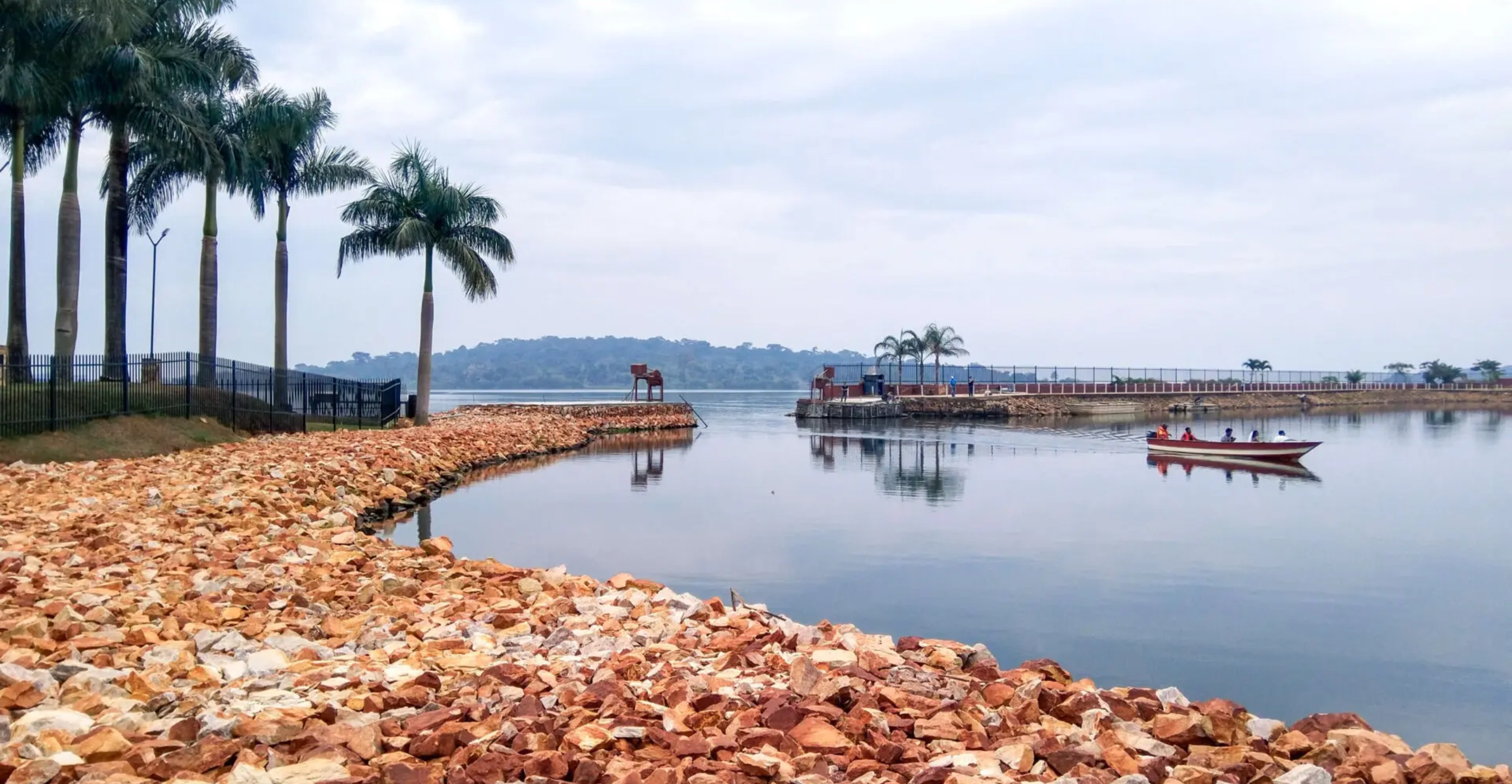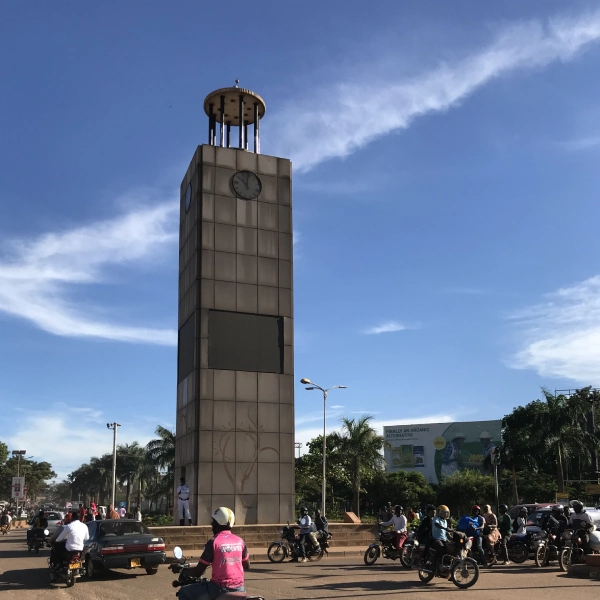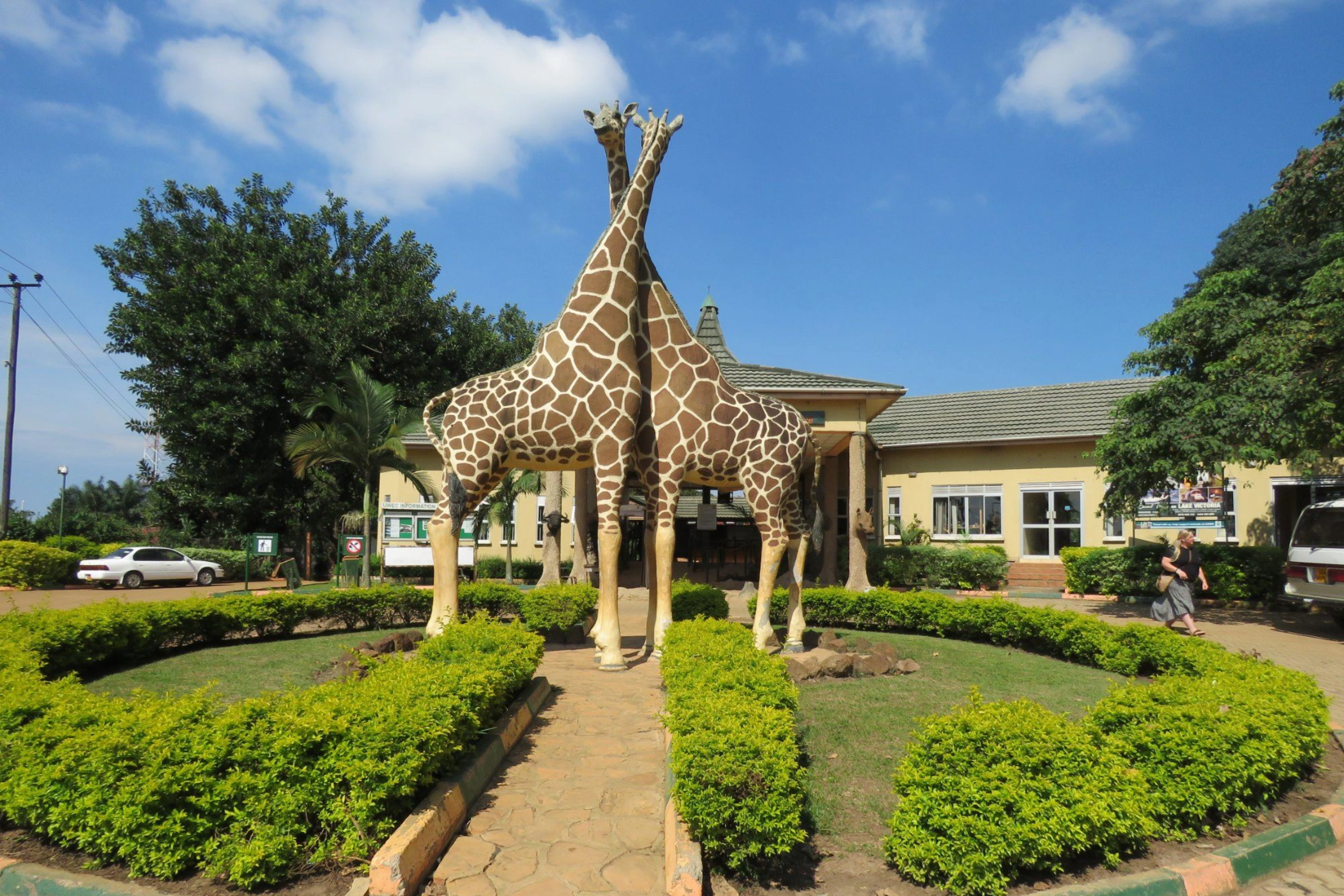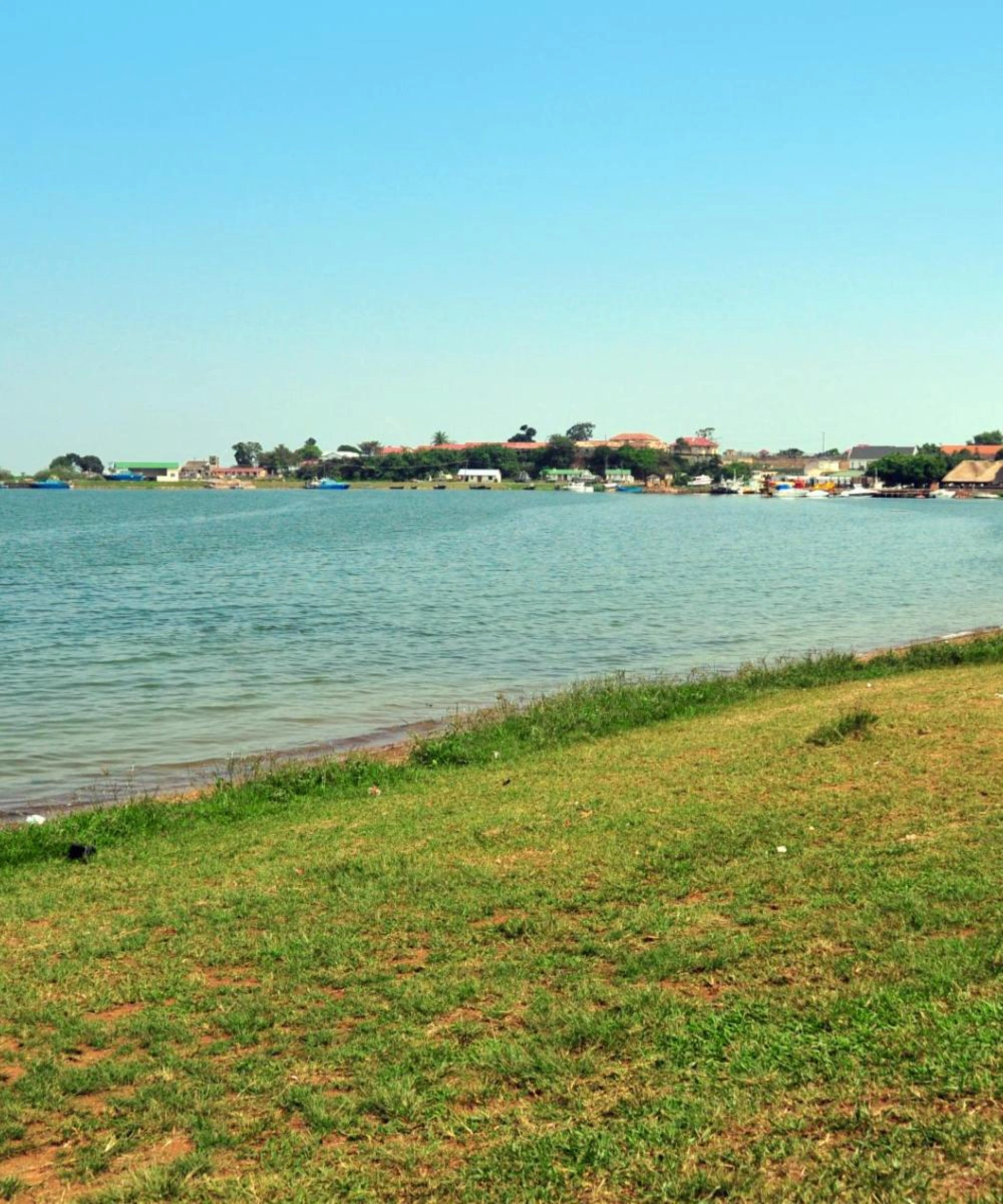





Entebbe is a peaceful lakeside town on the shores of Lake Victoria, just 37 kilometers from Uganda’s capital, Kampala. It’s the main entry point for most travelers, thanks to Entebbe International Airport, which connects visitors to Uganda’s top safari parks like Bwindi, Queen Elizabeth, and Murchison Falls.
But Entebbe is more than just a gateway. It’s a lovely place to unwind, especially before or after a long safari. The town blends colonial history with a relaxed, natural vibe—perfect for strolls, boat rides, or lazy afternoons by the water.
The name “Entebbe” means “seat” in the local language, a nod to its past as a colonial administrative center.

Today, it remains a vital hub, housing the president’s residence and numerous government offices. With its blend of history, nature, and convenience, Entebbe provides the ideal introduction to Uganda.

Entebbe, Uganda
0.0625° N, 32.4728° E

The best time to visit Entebbe is during the drier months, from December to February and June to August.
Birdwatching, botanical garden strolls, and lakeside picnics are especially rewarding in dry weather, making it ideal for travelers seeking scenic beauty and relaxed exploration.
Entebbe enjoys a tropical climate with consistently warm and pleasant temperatures throughout the year.
Rain can occur any time, but heavier showers usually fall from March to May and again from September to November, making the landscape lush and green.
Top Entebbe attractions include Lake Victoria’s waterfront, the serene botanical gardens, Uganda Wildlife Education Centre, and East Africa’s oldest golf course.
Birding tours, lakeside dining, and cultural visits to Kigungu offer enriching experiences for all kinds of travellers.
Getting to Entebbe is straightforward, with direct international flights arriving at Entebbe International Airport.
From the airport, it’s just a short drive into town, and excellent roads connect Entebbe to Kampala, Bwindi, Murchison Falls, and other national parks across Uganda.


Before venturing into Uganda’s landscapes and wildlife reserves, securing a visa is a must.
Learn More
The cost of a Ugandan safari depends on various factors, including accommodation, activities, and the season.
Learn More
Food on a Uganda safari is more than just sustenance—it’s a memorable part of your journey in Uganda.
Learn More
Planning your Uganda safari is exciting, but packing the right items is key.
Learn More
Uganda is a top destination for nature lovers and adventure seekers. From iconic safari drives to beach.
Learn MoreUganda is one of the few places on earth where you can track wild mountain gorillas in misty forests and also enjoy classic savannah game drives in the same trip. From the snowcapped Rwenzori Mountains to the chimpanzee-filled jungles of Kibale and the tree-climbing lions of Queen Elizabeth National Park, Uganda offers a rich variety of landscapes and wildlife.
It’s this incredible mix of primates, big game, birds, and scenery that makes a Uganda safari truly one of a kind.
Uganda safaris are generally more affordable than in many other African countries. Prices depend on how long you stay, the level of comfort you prefer, and whether gorilla trekking is part of your itinerary.
Gorilla permits cost around $700 per person, but even with that, Uganda is still considered one of the best-value safari destinations in East Africa. Sharing transport or choosing mid-range lodges can help keep costs manageable while still offering a great experience.
Uganda can be visited throughout the year thanks to its mild, equatorial climate. However, the dry seasons—December to February and June to August—are generally considered the best for wildlife viewing and trekking.
These months offer easier hiking conditions, clearer skies, and a better chance of spotting animals near water sources. That said, even during the wetter months, gorilla and chimpanzee trekking can still be rewarding, with lush forests and fewer tourists around.
Uganda is home to an impressive range of wildlife. You can see mountain gorillas in Bwindi or Mgahinga, chimpanzees in Kibale and Kyambura Gorge, and classic African animals like elephants, buffaloes, lions, and leopards in parks like Queen Elizabeth and Murchison Falls.
Uganda is also a birdwatcher’s paradise, with over 1,000 recorded species, including the rare shoebill stork. Each region offers unique wildlife highlights, making every safari a fresh experience.
Most safari lodges and camps in Uganda offer well-prepared meals using fresh, locally sourced ingredients. You’ll find a mix of international dishes and African-inspired cuisine.
Some lodges feature a traditional Ugandan food night, where you might try dishes like matoke (mashed plantains), groundnut stew, or grilled meat. Vegetarian options are common, and meals are generally healthy, tasty, and filling after a day of adventure.
When packing for Uganda, think comfort and practicality. Lightweight, breathable clothes in neutral colors are best for game drives and treks. A good pair of hiking boots is essential for gorilla or chimpanzee trekking.
Bring a rain jacket, even in the dry season, as weather can be unpredictable. Other must-haves include insect repellent, sunscreen, a wide-brim hat, reusable water bottle, and binoculars. Don’t forget a camera to capture those unforgettable moments!
Yes, Uganda is generally safe for tourists, especially those traveling with reputable safari operators. Parks and lodges take security seriously, and guides are professionally trained to ensure your safety throughout the trip.
As with any destination, follow basic precautions: avoid walking alone at night in cities, secure valuables, and follow your guide’s instructions. Most travelers report feeling safe and well-cared for during their Uganda safari.
“It starts with your ideas. We turn them into an authentic safari filled with wonder, freedom, and wild beauty.”
